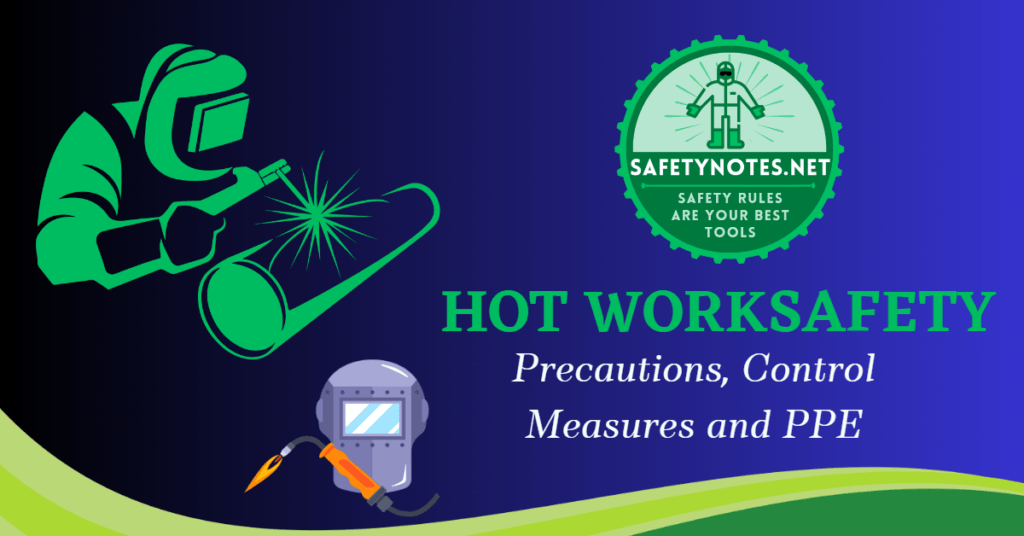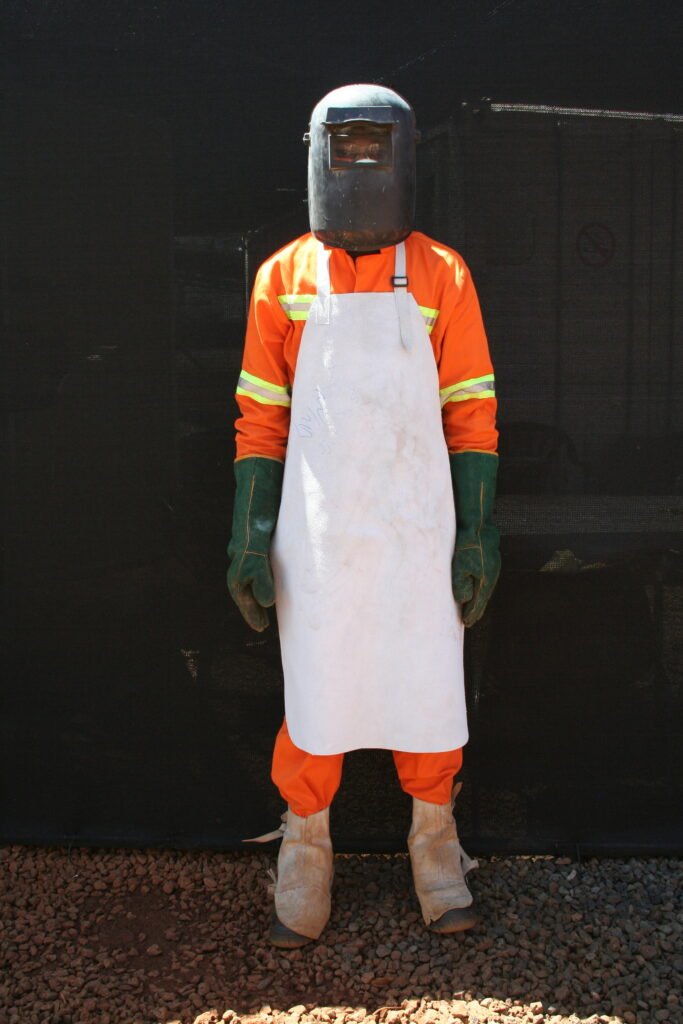
Hot work, such as welding, cutting, and heating, involves various hazards related to fire, burn injuries, health risks, electrocution, and mechanical and compressed gas hazards. To ensure the safety of personnel and prevent accidents, it is crucial to implement proper safety precautions and control measures. In this article, we will discuss the hazards of hot work and provide guidelines for maintaining a safe work environment.
Hazards of Hot Work
Hot work activities pose several potential hazards that can lead to accidents and injuries. It’s important to be aware of these hazards and take appropriate measures to mitigate them. The main hazards include:
- Fire and Burn Injuries: Hot work generates intense heat, sparks, and flames, increasing the risk of fires and burn injuries to workers and the surrounding environment.
- Health Hazards: Exposure to welding fumes, gases, and airborne contaminants can cause respiratory problems, eye irritation, and other health issues if not properly controlled.
- Electrocution and Electric Fire: Inadequate electrical safety measures during hot work can result in electric shock and electrical fires, endangering workers’ lives and property.
- Mechanical Hazards: Working with heavy machinery, tools, and equipment can lead to injuries such as cuts, abrasions, and crushing incidents if proper safety protocols are not followed.
- Compressed Gas Hazards: Improper handling and storage of compressed gas cylinders can result in explosions, gas leaks, and other hazards, leading to severe injuries and property damage.
Safety Precautions and Control Measures
To ensure the safety of personnel and minimize the risks associated with hot work activities, it is essential to follow specific safety precautions and control measures. Here are some guidelines to consider:
- Hot Work Permit: Before commencing any hot work activity, obtain a hot work permit and adhere to the client’s permit-to-work (PTW) and hot work procedures.
- Zero LEL Level: Ensure that the Lower Explosive Limit (LEL) level is zero before starting hot work. This requires verifying that there are no flammable vapors or substances present in the work area.
- Isolation and Gas Testing: Welding work on tanks, vessels, or piping should only be carried out after complete isolation from flammable hazards. Gas testing should be conducted in a 15-meter radius around the hot work area.
- Welding Booth and Fire Blankets: Create a dedicated welding booth at the work location, fully covered with fire blankets. This helps contain sparks and flames, minimizing the risk of fire spreading.
- Protection for Elevated Work Areas: When performing hot work at elevated areas where fire spatter may fall, ensure the area directly below is covered with fire blankets and access is barricaded.
- Compressed Gas Cylinder Safety: Adhere to proper guidelines for handling, storage, and transportation of compressed gas cylinders to prevent accidents and gas leaks.
- Good Housekeeping: Maintain good housekeeping practices at the work site. Remove all combustible materials within an 8-meter radius of the hot work area and keep the work area clean and free from flammable substances.
- Fire Extinguishing Equipment: Ensure that suitable fire extinguishing equipment, such as 9kg DCP (Dry Chemical Powder) fire extinguishers, is immediately available at the work area and regularly maintained.
- Fire Watcher: Assign a trained fire watcher to oversee hot work areas. The fire watcher should remain in the designated location for 30 minutes after the hot work has ceased, monitoring the hazardous area identified in the permit to work.
- Inspection of Equipment: Regularly inspect welding machines and power tools used for hot work to ensure they are in proper working condition and pose no safety risks.
- Proper Equipment Placement: Position welding equipment, gas cylinders, and other apparatus in a manner that minimizes hazards to personnel. Keep them clear from access ways and ensure they do not obstruct passages, ladders, or stairs.
- Generator Safety: If using generators in brownfield or live plant areas, equip them with spark arrestors to prevent the risk of sparks igniting flammable materials.
- Cable and Equipment Placement: Keep cables and other equipment clear of access ways and suspend them on insulated cable hangers at least 2 meters above the ground. Avoid using cables in need of repair.
- Personal Protective Equipment (PPE): Ensure personnel performing hot work wear suitable protective equipment to minimize potential risks. The following PPE should be used:
- Flame-resistant gloves for welders and cutters to protect hands from burns and sparks.
- Flame-resistant aprons for welders to safeguard the front of the body from sparks and radiant energy.
- Additional protection, such as flame-resistant leggings, for heavy-duty work to shield the legs.
- Ear protection, like ear muffs or earplugs, to reduce noise exposure during hot work operations.
- Respiratory protective equipment (RPE) when ventilation measures are inadequate to control airborne contaminants.
- Suitable eye and face protection, including welding helmets and face shields.

Conclusion
Hot work activities involve various hazards that can result in accidents, injuries, and property damage. By implementing proper safety precautions and control measures, such as obtaining hot work permits, maintaining zero LEL levels, creating welding booths, and using personal protective equipment, we can minimize the risks associated with hot work. Following these guidelines will help create a safer work environment and prevent potentially catastrophic incidents.
FAQs
1. What is hot work?
Hot work includes job tasks like welding, cutting, and heating that involve spark, ignition sources, and the risk of fire.
2. Why is hot work dangerous?
Hot work poses hazards such as fire, burn injuries, health risks, electrocution, and mechanical and compressed gas hazards, which can lead to accidents and injuries if not properly managed.
3. What is a hot work permit?
A hot work permit is a document that authorizes the performance of hot work activities and ensures that all necessary safety precautions and control measures are in place.
4. Why is gas testing important in hot work areas?
Gas testing is essential to detect the presence of flammable vapors or substances in the vicinity of hot work. Ensuring a safe LEL level is critical to prevent fires and explosions.
5. What should be done with used welding rods and grinding discs?
Used welding rods, grinding discs, and other similar materials should be collected and properly disposed of, rather than being left around, to maintain a clean and safe work area.
6. What is Hot Works Risk Assessment Training?
Hot Works Risk Assessment Training is a program designed to educate workers about the potential hazards and safety measures involved in performing hot works, such as welding, cutting, or soldering. This training aims to minimize the risk of fire incidents and accidents in work environments where hot work is conducted.
